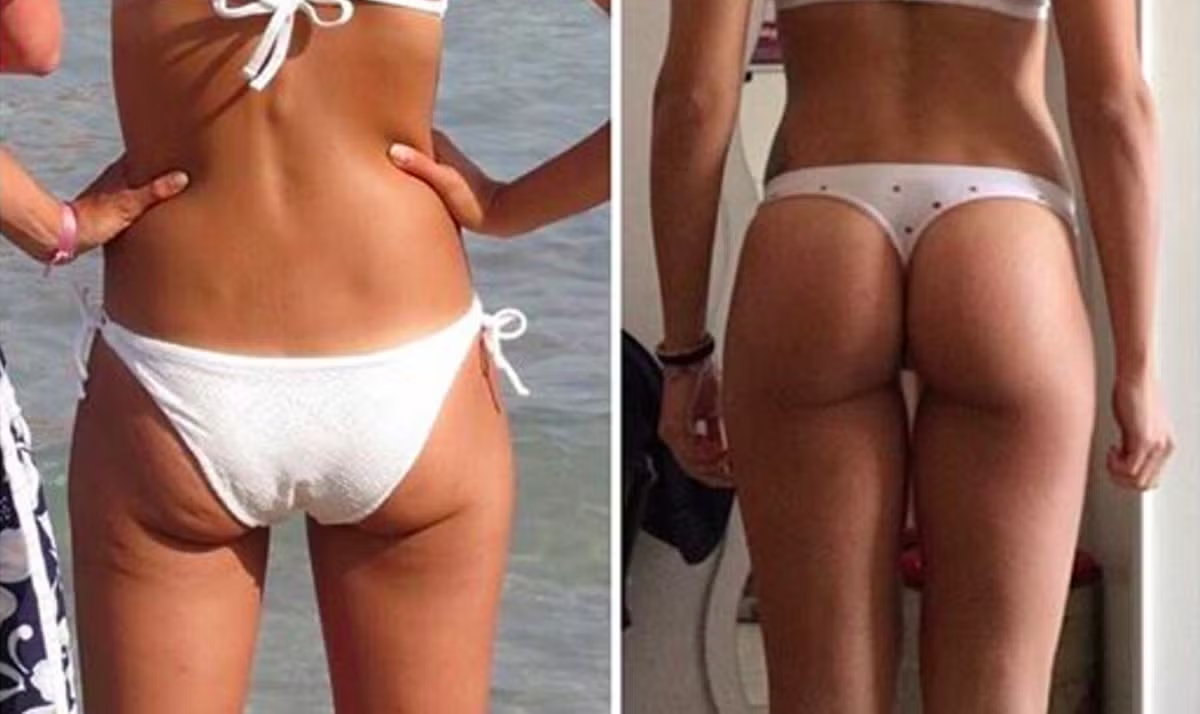
The first time I realized my shape didn’t match how I felt inside was unexpected. I was standing in front of a mirror, trying on a dress that should’ve made me feel confident. But the reflection didn’t reflect how I thought I carried myself. I saw a flat curve that didn’t balance my body. My proportions felt off, and I couldn’t explain it easily to others. People said I looked fine, but I didn’t feel proportionate. That disconnect started growing each year. It wasn’t about trends or pressure—it was a quiet discomfort. I never imagined I’d consider a butt enhancement. But eventually, I started reading, following others, and questioning what might actually be possible.
I began searching for options without knowing what kind of results I wanted or needed
I began searching for options without knowing what kind of results I wanted or needed. There were too many terms—implants, BBL, fillers, fat transfer. Each had risks and different timelines. I didn’t want surgery with long downtime. I had no desire for general anesthesia or weeks of bruising. But I also didn’t want a temporary solution that would disappear too soon. Online videos didn’t help much—they were too dramatic or too perfect. I needed something balanced, something real. I booked consultations in my city and asked the same basic question everywhere: Can I enhance my shape without changing who I am? Some doctors talked numbers and volume. Others asked about my lifestyle, jeans size, and fitness habits. The second group felt more right to me.
The first consultation that made sense focused less on product and more on proportion
The first consultation that made sense focused less on product and more on proportion. The provider asked how I moved during the day. Did I sit long hours? Did I wear tight clothing regularly? These questions weren’t in any video I’d seen. He explained how hip shape affects projection and how volume interacts with skin tension. He used no technical terms and just listened when I explained what I liked and disliked about my body. There were no “before” photos pulled out. Instead, he asked if I had pictures of myself where I felt confident. We used those to guide the discussion. It shifted the conversation away from numbers and toward balance.
I decided on fillers after realizing I needed something flexible and reversible
I decided on fillers after realizing I needed something flexible and reversible. I wasn’t ready for surgery, and I didn’t want fat transfer because my body fat was too low. Fillers offered a middle option—not permanent, not shallow. The provider explained that fillers could be placed gradually, building shape layer by layer. I liked the idea of subtle change. I didn’t want people to notice something had been done. I just wanted my clothes to fit better and my confidence to return. We scheduled two sessions one month apart. That gave my skin time to adjust. There was no pressure to go bigger. It was entirely up to me.
The procedure felt more like a careful fitting session than anything medical
The procedure felt more like a careful fitting session than anything medical. I arrived early, changed into a robe, and marked the areas I was concerned about. The provider double-checked symmetry with light touches and made small dots for placement. It was quiet, focused, and slow. He talked less and observed more. The injections weren’t painful—just pressure in certain spots. Ice helped. Music was playing in the background, and I could see parts of the process through a mirror. It didn’t feel like surgery. It felt like someone was building something gently and thoughtfully on my body.
I didn’t tell anyone at first because I needed to feel the results before explaining them
I didn’t tell anyone at first because I needed to feel the results before explaining them. I didn’t want outside opinions before my own had settled. The swelling lasted three days, mostly mild. I avoided tight jeans and walked instead of sitting when I could. The first time I put on leggings after recovery, I paused. There was roundness where I always wanted it. It wasn’t huge, just enough to balance my waist. I felt like my own body—just more centered. I walked differently without meaning to. I stood longer in mirrors without adjusting my shirt. Something internal had shifted, even if the change outside was subtle.
Friends started noticing I carried myself differently before they noticed anything physical
Friends started noticing I carried myself differently before they noticed anything physical. They asked if I’d been working out more or wearing shapewear. I said no and smiled. One friend finally asked directly. I told her the truth, but not in detail. I said I tried something new, and I liked how it felt. She didn’t judge. She asked how I found the right place. Then she asked if she could come with me next time. It made me realize how many of us carry quiet discomforts we never talk about. We normalize feeling off and adjust instead of exploring options. I had done that for years.
My second session was more about refining than adding anything new
My second session was more about refining than adding anything new. The provider asked what I liked from the first round and what still felt incomplete. We used less product this time and focused more on curves near the outer hips. These adjustments gave me more roundness without going wider. It wasn’t about volume—it was about curve flow. He corrected a slight dip I hadn’t even noticed until he pointed it out. This time, the swelling lasted only two days. I went back to work without anyone noticing anything except my confidence. That’s when I knew the decision was right.
I look at old photos now and realize how much I was compensating without knowing it
I look at old photos now and realize how much I was compensating without knowing it. I wore long tops or tied jackets around my waist. I avoided high-waisted jeans because they made me look unbalanced. Now I feel more freedom in choosing clothes. I no longer base outfits around hiding something. I’ve also started working out differently. I focus more on movement and less on covering parts of my body. That internal shift has changed how I interact in public spaces. I sit straighter, pose without adjusting layers, and walk without second-guessing what I look like from behind.
I’m not chasing perfection—I just wanted to feel at home in my body again
I’m not chasing perfection—I just wanted to feel at home in my body again. The filler isn’t permanent, and I like that. It gives me choice and control. If I want to adjust later, I can. If I don’t, it will gradually fade. But the confidence it gave me won’t fade as fast. It changed the way I treat myself and how I dress. I learned that change doesn’t have to be dramatic to be meaningful. Most importantly, I found a provider who listened instead of selling. That made all the difference.
